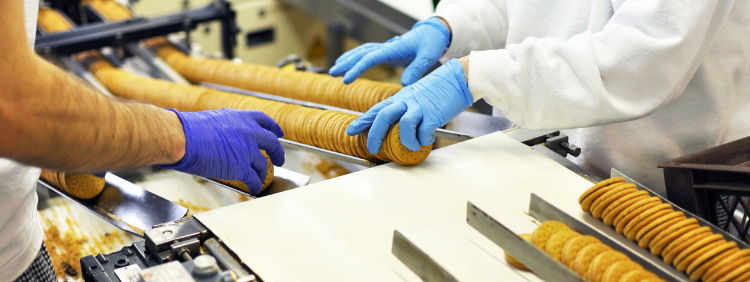Why Is A Pest Infestation Dangerous In The Food Industry?

Along with great customer service and amazing food, being able to eat without fearing illness is essential to a good dining experience. If you work in the foodservice industry, you know that food safety and sanitation are of the utmost importance. Restaurants and food processing plants are at particular risk of pest control issues due to having large amounts of food stored on their premises. You may have some understanding of commercial pest control services that keep unwanted critters out of eating establishments, and for good reason. Here are a few of the consequences of a pest infestation in the food industry.
Food Contamination
When pests such as mice, cockroaches, flies, and moths overrun a restaurant, they run the risk of getting their bodies, wings, or hair in the food. This type of food contamination is extremely unappetizing, and any customer who sees a bug in their food is very likely to get a profuse apology and a full refund. The mere sight of a critter in a restaurant is enough to turn most patrons away. Due to this, food industry employees need pest control that not only eliminates pests but prevents them from entering the building in the first place.
Electrical Fires
Rodents like mice and rats have continuously growing teeth. Because of this, they like to chew on anything and everything they can get their hands on. Unfortunately, this includes electrical wires and the insulation used to cover wires for safety purposes. Rodents also enjoy the warmth generated by electrical equipment, which further entices them to gnaw on the nearby wiring.
Damaged wires put a building at risk for fire, and a fire can be devastating to a business. Even worse, because rodents like to spend time hidden behind walls and appliances, you might not even notice the result of their chewing until it is too late. A professional pest control service will know where to inspect for damage caused by rodents and other pests in a building.
Spread of Disease
If pests such as cockroaches make their way into the food in your restaurant, they can spread diseases such as salmonella and E. coli. This can occur even if the bug itself is no longer in the food, as pests can contaminate food with vomit and fecal matter. Symptoms of salmonella and E. coli include cramps, fever, vomiting, and diarrhea. Needless to say, these are not things that customers want to deal with after enjoying a nice meal. A bout of food poisoning can cause a customer to avoid a restaurant for a long time, sometimes even for good. If not spreading disease, cockroaches can also cause allergy symptoms in susceptible people.
Which Pests Cause Problems?
Of the numerous pests that can wreak havoc in a dining establishment or food processing plant, the most common are:
- Rodents cause damage by chewing on wires and food packaging and leaving droppings throughout the building
- Cockroaches can carry diseases and cause disgust among diners
- Flies can cause annoyance to patrons and workers, spread diseases, and may even bite
- Moths can contaminate food produced in factories and cause waste
Climate and geographic region help determine which pests are most common in your area. Many pests enter buildings through cracked doors and windows or via leaks in the plumbing system. Critters may also hitch rides on shipments of food and other supplies. However, no matter where you are or how the pests arrived, all pests have consequences for the food industry.
If you work in the food industry and need assistance with pest control, call Truly Nolen Canada for help. Our professionals will help ensure the safety and sanitation of your facility.